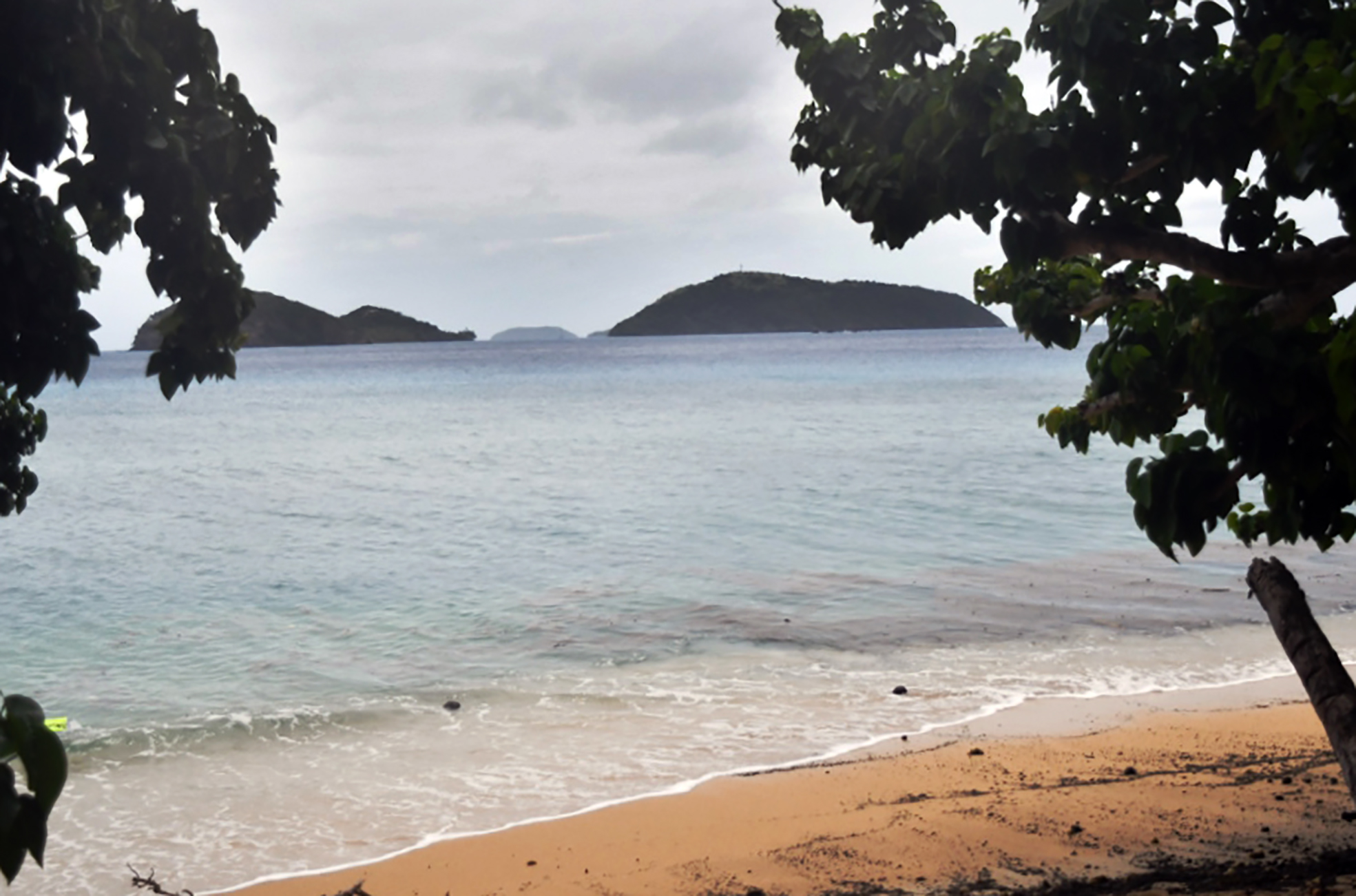BORDERED by white sandy beaches and slender coconut palms, the island of Buliya in the province of Kadavu is indeed a paradise for those seeking refuge from the outside world.
A perfect picture of tropical bliss and serenity, the island is surrounded by a group of islets, three of which are owned by the Natusara clan whose members live on the island.
Interestingly, people who live in the neighbouring island of Dravuni also have their origins from the clan of Natusara.
For reasons still unknown to the clan, their ancestors moved from Ono to settle on Buliya.
Another group moved later to settle on Dravuni.
As evidence that the people of Dravuni and Buliya are kinsmen, villagers shared that they shared the same totem birds, fish and tree.
With its serene tropical surroundings, the island of Buliya is a major tourist attraction. In fact, the island is hosting the world famous television series, Survivor.
The area was a hive of activity when a team from this newspaper arrived there last week as filming was expected to begin this month.
Because of its location and natural attractions, the island had been chosen to host the television reality show.
The island consists of one village — a single clan and two landowning units — Nakorovou and Nawanawa-i-Sau. Currently the island is led by its traditional chief who is the Tui Buliya – Ratu Viliame Tuni.
Ratu Viliame says all they know from stories passed down to them from their ancestors was that their people originated from Serua.
“In the clan of Natusara, there have been two major move by our people before settling down on islands that we have come to now call as our eternal homes,” he said.
“First was the move from Natusara on Ono to Buliya, and then the separation of the people of Dravuni to their home island where they exist to this day.
“Our ancestors’ home was a fort called Natusara and was a stronghold and refuge for our people during the warring days.
“Our clan and those of the people of Dravuni people still bear the name of this fort, even though we have various landowning units.”
Ratu Viliame said the people of Natusara began their journey from Ono during the rise of Christianity in Fiji.
“To date on the island of Buliya, our people have intermarried, and there is a very small group of people who are originally linked by blood through the island because a lot of people residing on the island actually hold maternal links.
“We have those with Lauan blood among us but have maternal links to this island, therefore, a sub-clan has been made on the island called Valebalavu who are the ruling clan on Buliya.
“Valebalavu is the recognised clan whose voice are heard on the island, their word is law on this island.”
Buliya Village headman Semisi Tamanivalu said there were 63 households and the village population was 167. He said the boundaries of the village continue to expand every year.
“We have a lot of our people who have left the island to find greener pastures either in other parts of the country or overseas,” he said.
“This means that the rest of us who remain in the village are the guardians of our identity and traditional obligations.
“The main source of income on the island is fish from the sea, a bit of farming, and tourism.
“With the new resorts setup in our neighbouring islands, our people have found work in these hotels and they get paid well.”
Mr Tamanivalu said tourism had its pros and cons.
“Positive in the sense that families can now afford things they could not in the past and better their lives.
“Negative in the sense that this has created a lot of social issues, for instance families relying on manufactured foods as parents work full time in resorts to earn a living.
“A lot of those who are employed in those resorts hardly have time to sit in council meetings and discuss the welfare of the village and the vanua.
“This is part of the change and like any development, it has its pros and cons, but our people are united in working through those challenges.”

